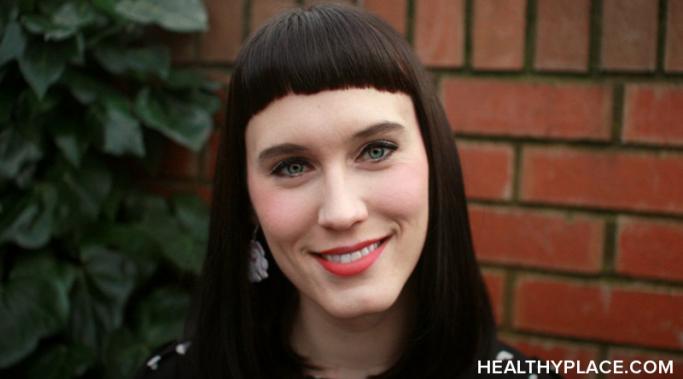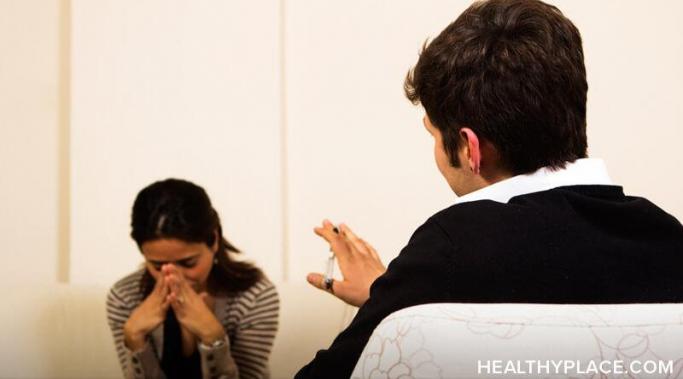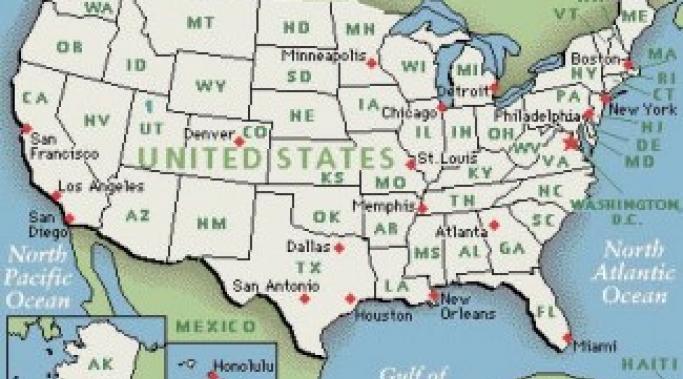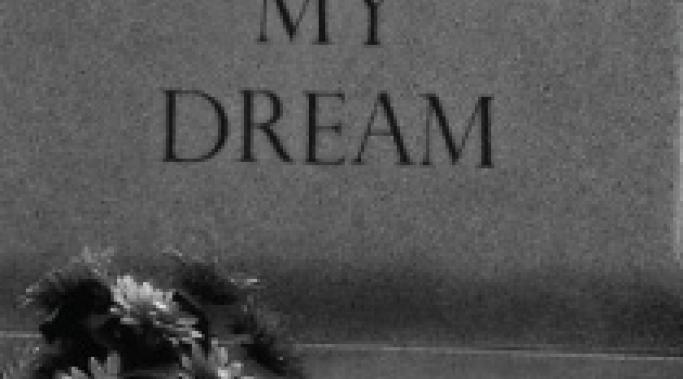My name is Rosie Cappuccino and I’m a writer, an artist, and the new "More than Borderline" blogger here at HealthyPlace. When I was first diagnosed with borderline personality disorder (BPD) five years ago, I felt isolated, frightened and confused about what this diagnosis meant for me. When I read up about the condition in books and online, I discovered that BPD is one of the most deeply stigmatized mental health conditions. It felt awful to be misunderstood and stereotyped as manipulative, attention-seeking and untreatable.
BPD Videos
It's rare to find positive commentary on borderline personality disorder (BPD) traits. Negativity, stigma, insults, and fear are the most dominant narratives about BPD (What Borderline Personality Disorder Feels Like Inside). Whether you are living with BPD or you love someone with BPD, life doesn't have to be all doom and gloom. Is it possible there is an unforeseen positive side to living with this diagnosis? I believe the answer is yes. Those living with borderline personality disorder traits can also be creative, passionate, deeply grateful, and loyal women and men. We can learn to embrace the benefits of borderline personality disorder.
Learning what borderline personality disorder (BPD) feels like can clear up the misunderstandings and stigma associated with BPD. While behaviors on the outside may be interpreted as malicious or manipulative, what's actually going on on the inside of someone who is struggling with this illness? I believe with understanding comes compassion. With the video below, my hope is to shed a little bit of light as to what borderline anxiety, shame, and anger feel like on the inside.
I’m Whitney Easton and I am grateful to be the new co-author of the HealthyPlace blog More Than Borderline. I am living with a diagnosis of borderline personality disorder and as the name of the blog would suggest, I am much more than a label or a diagnosis. I am a young woman with dreams and aspirations and I’m also a woman with a story and a past. I believe there is freedom in coming out from the darkness about my diagnosis. I look forward to hearing your experiences, too, in struggling with, and healing from, borderline personality disorder (BPD).
Hello, everyone. I am happy to join HealthyPlace as a blogger on the More Than Borderline blog. My name is Laura, and I know about borderline personality disorder (BPD) from living with it for decades, as well as from working in the mental health field for 10 years and encountering many people with the diagnosis. It can be challenging to work with people who have BPD, but it is far more challenging to be the person who lives with the mental illness.
Coping skills for borderlines experiencing extreme emotions are critical to develop. Highly intense, emotional reactions are one of the dominant features of borderline personality disorder (BPD). How can we return to ourselves when we're caught in an emotional whirlwind? What coping skills can be we learn for dealing with extreme emotions?
It's important to soothe your inner child in borderline personality disorder. When your inner child asks for something, do you listen? If not, it might be time to start paying attention, even if that means indulging in so-called "childish" things.
I'm thrilled to introduce myself as the new author of HealthyPlace.com's More than Borderline blog. I'm a 25-year-old memoirist, journalist, and songwriter from Chicago whose creative work is primarily centered on mental health and recovery. Over the past 12 years, I've been handed a number of diagnoses, including borderline personality disorder (BPD), posttraumatic stress disorder (PTSD), bipolar spectrum, dysthymia, major depression, anxiety, anorexia nervosa, and drug/alcohol addiction. My personal belief is that most, if not all, of these diagnoses stem from the two primary causes of borderline personality disorder: sensitivity and trauma/invalidation.
After being medically discharged from the Army, More Than Borderline's Becky Oberg returned to Indianapolis to begin mental illness treatment. She soon learned that her location determined her access to borderline personality disorder (BPD) treatment almost as much as her insurance. She first saw a doctor in private practice, but transferred to a sliding-scale clinic after her COBRA ran out. She became suicidal and psychotic, but the hospital that treated cases like hers from her county was full. She was admitted to a different hospital, which wiped out her life savings because she was not eligible for its reduced rate.
In September of 2008, More Than Borderline's, Becky Oberg, was in a state-run psychiatric hospital. As she reflected on her life, she wondered if her journalism career was over. After all, she'd failed to find a job and had been fired from her dream job for having a dissociative episode while on the clock. It did indeed seem her career was over due to the stigma against mental illnesses such as borderline personality disorder (BPD).









